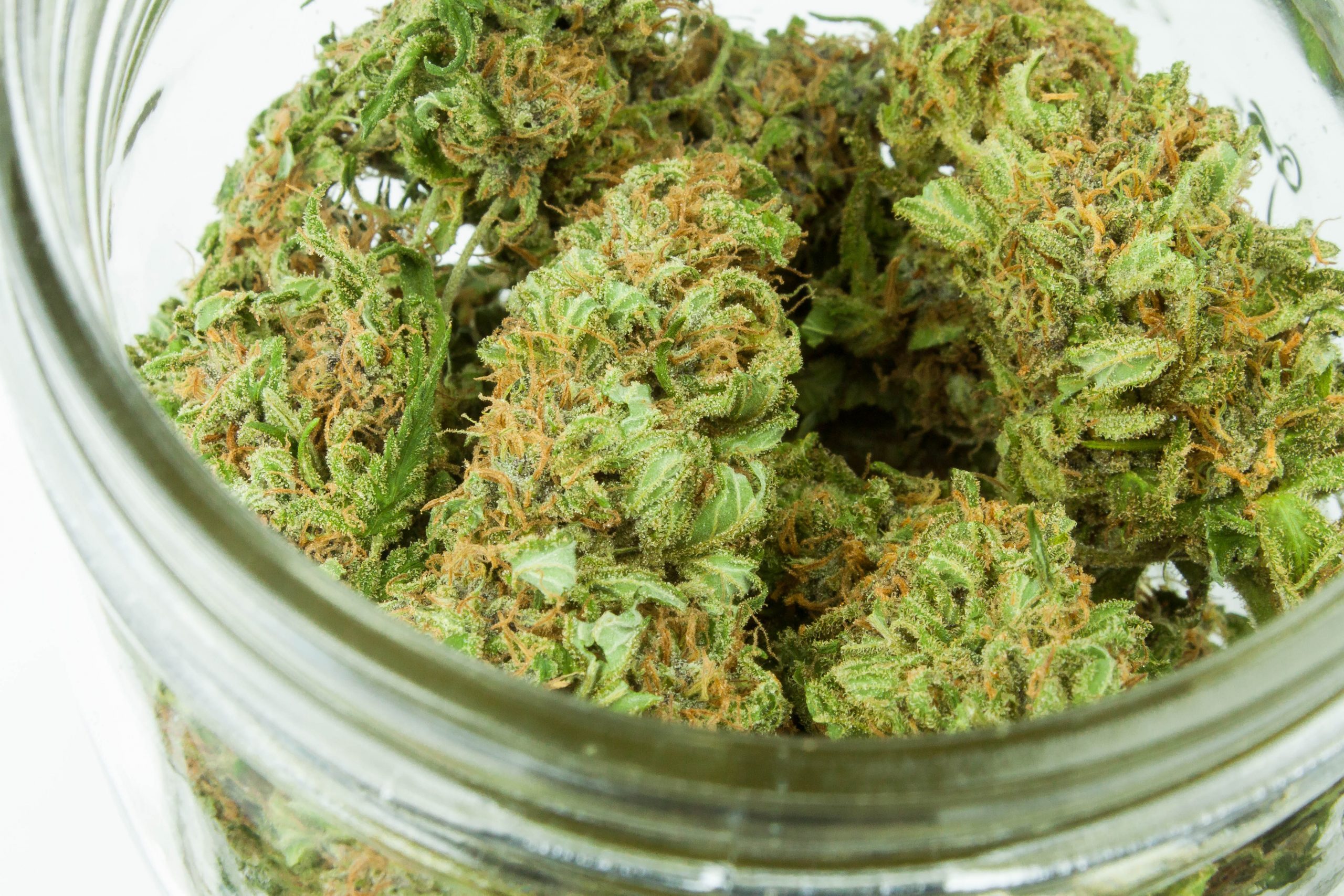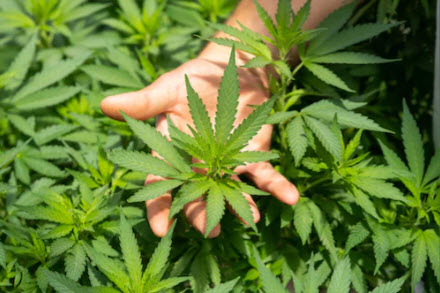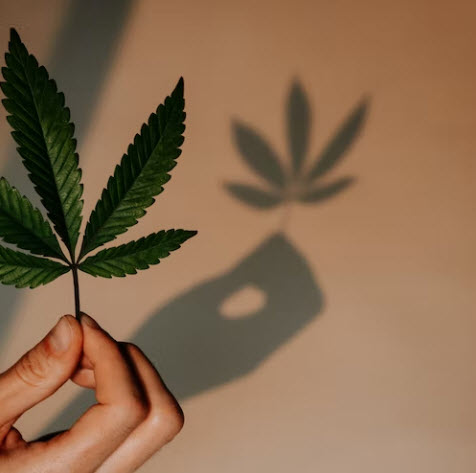The collapse of a large American bank – the largest bank failure since 2008 – and that specialized in startups – has sparked fears of contagion in both the banking and cannabis industries – but how real is this fear?
The US if not the world is seeing a few bank failures leaving many analysts signalling the first signs of financial “contagion” that may still well spread. That is terrifying enough for those who lived through the financial meltdown in 2008 in any form of professional capacity.
Whether this will happen or not is one thing. If it does, how, if at all, will this situation affect the cannabis industry?
This is not at all clear, particularly because at this juncture, the industry is already reeling from a toxic crosswind of bad management, inefficient if not insane operating models and projections, regulatory issues that if anything have continued to put pressure on margins, and a general feeling that something is fundamentally amiss across the sector, no matter where one is on the planet.
How related then are these two issues to each other – and what is likely to happen in the near future as a result?
The Cause of Current Bank Failure
According to Reuters, credit risk indicators “flashed red” on Monday of this week. Investors are clearly worried about the contagion risks in “corporate debt markets” in the aftermath of the demise of Silicon Valley Bank and New York’s Signature Bank within 72 hours last week.
In non-finance geek speak, this broadly means that the longer-term investments of both banks were directly connected to a common asset – in this case bonds – and more complex financial instruments known as “debt swaps.” This in turn, means that a lot of people had gone into a lot of debt in a world of low interest rates – and that period is also now at an end, particularly with a higher rate of inflation that governments impose to slow runaway spirals of the same.
Covid, the Ukraine War and the aftershocks of both have clearly contributed to all of these conditions on a broad, macroeconomic level.
But what does this, if anything, portend for the cannabis industry specifically?
The Impact on The Cannabis Industry
There are inevitably going to be impacts within the cannabis industry of any meta trend, but not directly. This starts, in the present, with literally holding bank accounts. Indeed, the first cannabis pharmaceutical company has already come forward to assure everyone that they did not bank with SVB.
However direct banking relationships with any financial institution that goes under is just the first connection. The second is the thought that they might not, in some bizarre world, not qualify for banking protection, since the industry vertical itself of odd legal status.
Beyond such more direct connections, however, is the fact that many firms in this industry are heavily indebted. Proof? Look no further than the fact that there has been a great deal of “restructuring” within the last six to twelve months by every major and less major cannabis company with either a national or international footprint in multiple countries.
This is also not the first time such a restructuring has happened. Even lately. Indeed as I wrote in my book about the industry circa 2019, Green II: Spreading Like Kudzu, the seeds of this meltdown were already very much present when one began to examine operating models, investments, ROI and certainly social media promotion as well as source of funds relied on by all the larger companies in the market at the time, as well as a few minor ones.
Indeed, the current predicament of the cannabis industry has also been less than surprising to sceptical industry analysts and entrepreneurs who also understood that the trajectory of the industry itself since 2013 has been wildly unsustainable.
For example, there has been little money in the market since at least the end of 2019 that was not directly or indirectly linked to Curaleaf’s various adventures (and Roman Abramovich) or Juicy Fields. There has also been almost zero institutional or major fund investment.
Anywhere. On the planet.
That still does not mean that the industry is out of the woods. Indeed raising money generally was suddenly harder thanks to higher interest rates seen in the last 12-18 months as a governmental response to rapidly rising prices. So far, the excuse has been, particularly as large firms from energy to food companies report exorbitant profits over the same period of time, that “disrupted supply chains” are the culprit. This is increasingly being addressed legislatively by at minimum, financial clawbacks in the form of temporary if not one off penalties for companies in the food, energy, pharmaceutical and tech sectors.
Yet this is the “organized” if not “legal” economy – not, with few exceptions, the cannabis one.
What is really going on?
Global Disruptions During Massive Change
There are many hangovers in the room. The current crisis in banking does not have a direct effect or impact, on what goes on in the cannabis industry, in part because there is still a very large gulf between the two. Institutional investors have tended to stay clear since the billion-dollar investments of Constellation in Canopy Growth in 2018.
Regardless, this does not mean that the economics of the cannabis industry are entirely separate from the world of conventional finance. This is easy to understand from a household budget perspective. More money spent on essentials means less money spent on cannabis, particularly given that no country, including Germany, has created a medical industry that allows broad, insurer compensated access. Less spending power equals fewer sales – and certainly a greater reliance on grey market or “cultural cannabis” growers.
What is clearly happening is that there is a multi-industry, cross asset-class crisis in the works that is affecting almost everyone, in every industry and the cannabis industry is not going to be immune.
It is absolutely going to be a bumpy ride that actually may get worse in the cannabis industry too – particularly as even smaller investors who have assets in both sides of the equation are issued margin calls (or their equivalent) on any debt – including underperforming investments. In the US, there is rarely any if any federal bankruptcy protection for an industry caught in the middle of state but not federal reform. Some miscreants have even used this as an excuse for not paying debts. See MedMen for starters. If the same twisted logic is applied more broadly, to any cannabis firm with a bank account, any cannabis firm with money in a failed bank may well have to prove that beyond the uncertain federal designation when it comes to the weed, that if one has a bank account in the first place, it should be protected by the FTC.
This is precisely why, however, despite the lack of direct connection to the US federal bond market and structured debt obligations, the cannabis industry may be in for an extremely bumpy ride beyond any internal problems already in the room.









